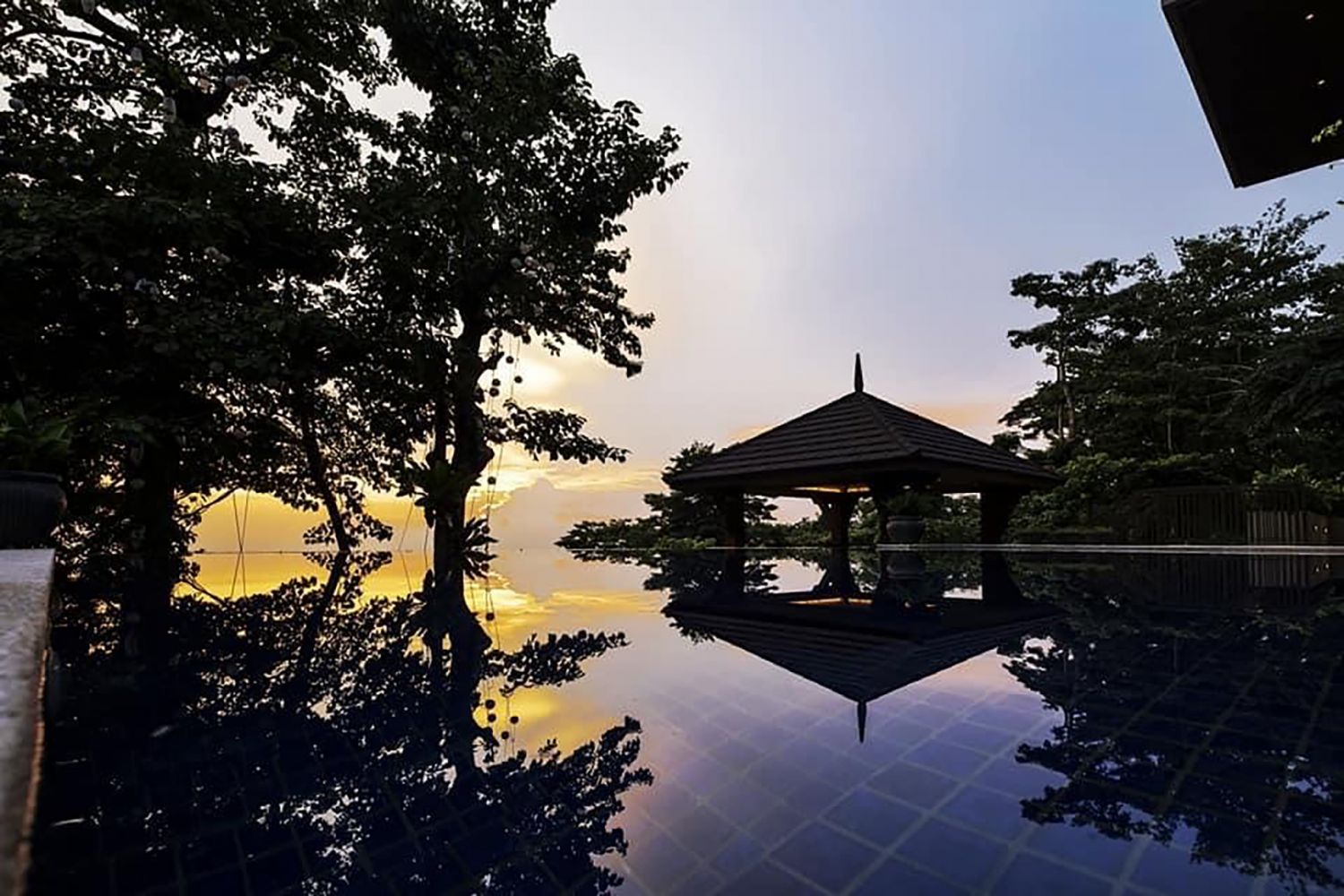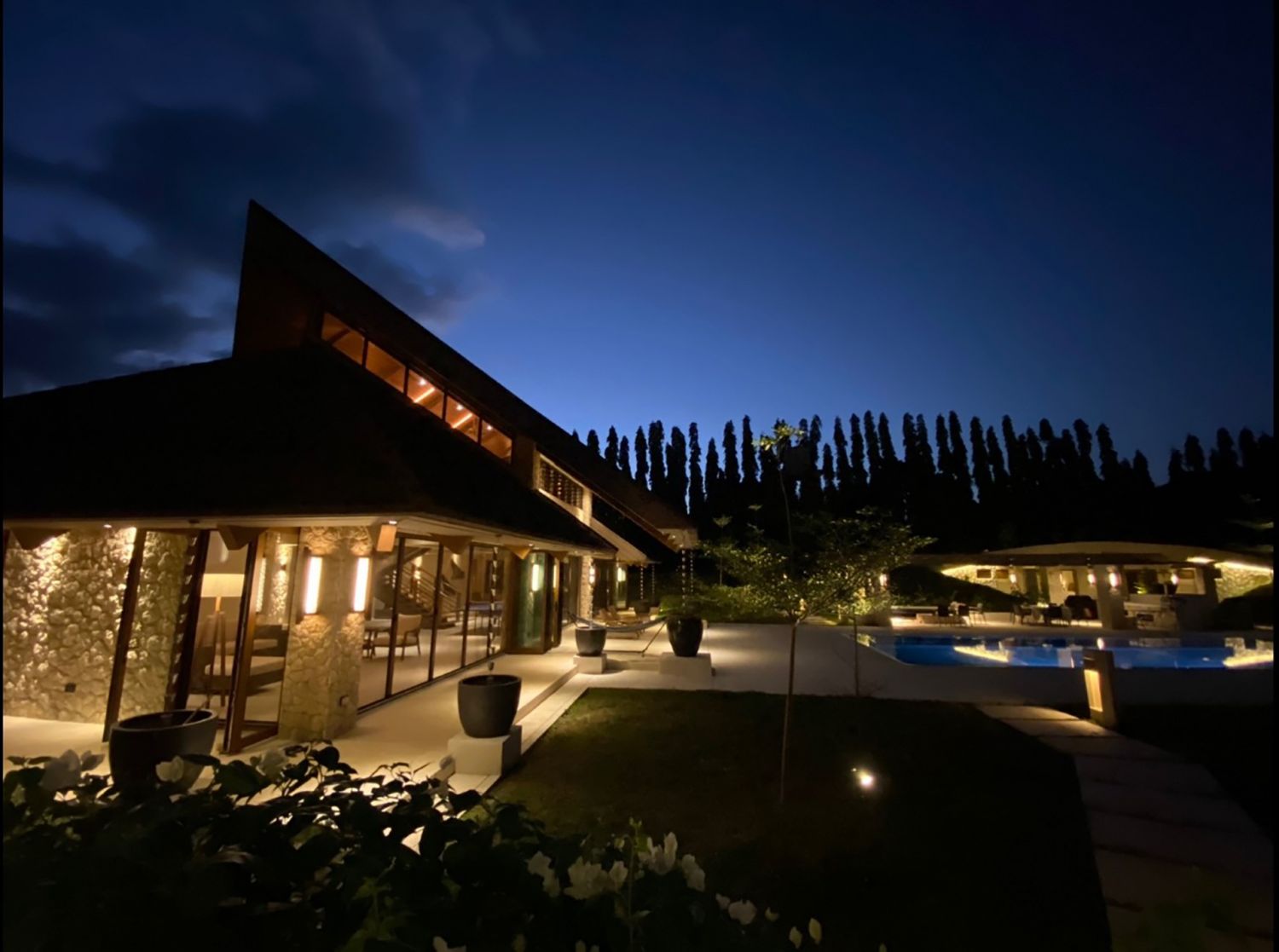This scion of National Artist for Architecture Francisco Mañosa does not only continue his family's legacy but also takes it further to the modern times. Here, Gelo Mañosa explains how perfect the Philippine bahay kubo is as an example of a disaster resilient structure
Gelo Mañosa, CEO of Mañosa and Company and managing partner of A. Mañosa + Architects, carries the torch of his father and uncle together with his siblings. Coming from a family of prolific creative forces that shaped modern Philippine architecture and design in the 20th century, Mañosa finds the philosophy of his father essential and relevant even to this day.
"He always preached about 'Filipinism'," Mañosa says, talking about his late father National Artist for Architecture Francisco Mañosa.
Having been asked by his father interesting questions (like how does his work contribute to Philippine architecture?, how does that idea make the lives of Filipinos better?, and how does our local culture resonate with your idea? )has made his father's design philosophy of integrating uniquely Filipino cultural elements into architecture ingrained in his mind.
Read also: National Museum Highlights the Renowned Architect Francisco Mañosa

Mañosa earned a degree in architecture from the University of Santo Tomas and a master's in design science, concentration on design computing from the University of Sydney, New South Wales. Since the '90s he has been immersed in their family's company as an apprentice architect while he was finishing his studies.
"When most architects would follow the 'trends' in architecture, we stayed the course and believed in one philosophy—to design contemporary or vernacular (sustainable) Philippine architecture that is sensitive to our culture, our people, and our land," he shares.
Read also: Here's What You Need to Know About 'Solihiya', the Furniture Trend That's All Abuzz Now




